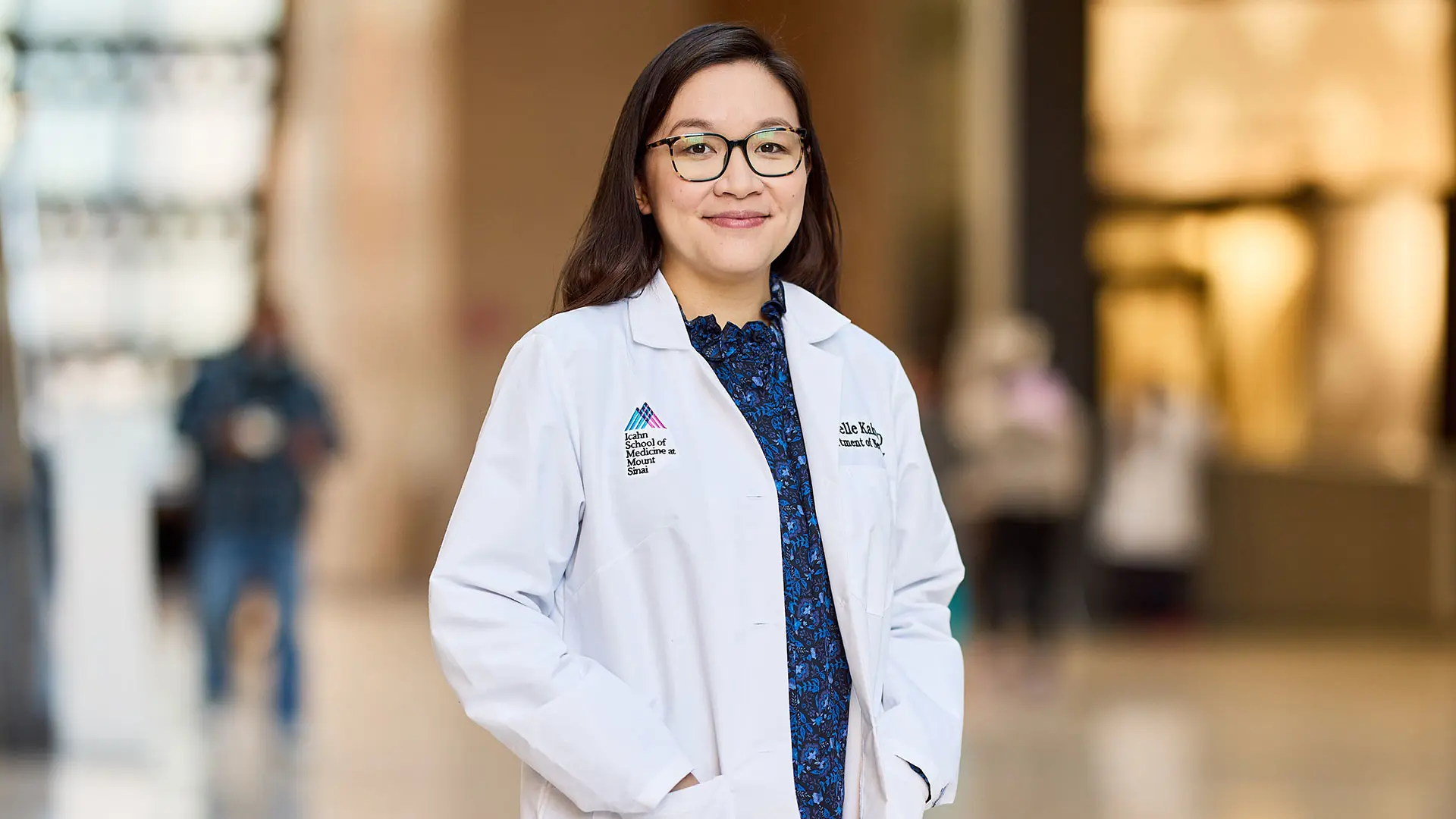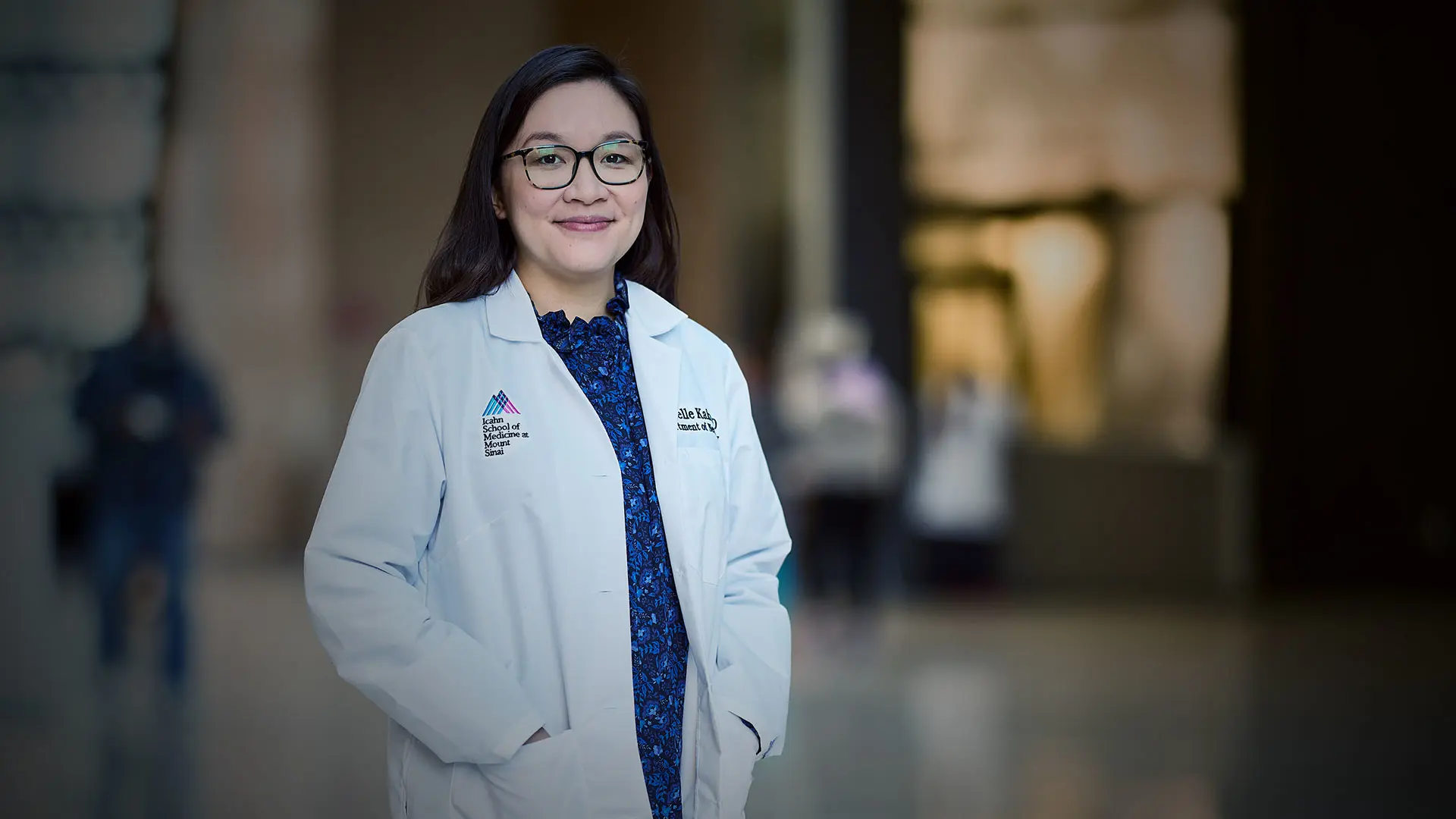“Sometimes the symptoms are vague, and patients may make the rounds of a cardiologist, neurologist, nephrologist, and rheumatologist looking for answers to nonspecific problems. These may include numbness, tingling, and pain in their hands or feet; leg swelling; or digestive issues such as diarrhea and constipation,” says Michelle Kaku, MD, Associate Professor of Neurology (Neuromuscular Disease) at the Icahn School of Medicine at Mount Sinai. Dr. Kaku is an expert in managing and treating patients with amyloidosis, having previously served as a neurologist at the multidisciplinary Amyloidosis Center at Boston University, the foremost clinic of its type in the Northeast.
Today, Mount Sinai is one of a handful of institutions that have the extensive resources and knowledge to recognize and effectively treat a disease that has no cure, but benefits from a profusion of disease-altering therapeutics that are giving patients new hope.

Michelle Kaku, MD
In the following Q&A, Dr. Kaku, who is also Vice Chair of Education for Neurology at Mount Sinai, sheds light on the disease and explains how the Department of Neurology is using sophisticated diagnostic tools at its new amyloidosis center and developing a carefully integrated clinical effort that draws on a wealth of specialists across the Mount Sinai Health System.
Q. Why is amyloidosis such a challenge for physicians to diagnose and treat?
Dr. Kaku: Amyloidosis is a multisystemic disease that mimics many other conditions, and unless providers are thinking "amyloidosis" in the back of their minds, they might not pick up on the diagnosis. The rarity of the disease also means it’s not an obvious diagnosis for physicians who may not have seen many cases.
Many of the symptoms present as either cardiac manifestations, or neurologic manifestations, including neuropathy, carpal tunnel syndrome, and autonomic dysfunction, commonly in the form of orthostatic hypotension.
— Michelle Kaku, MD
Q. What are the hallmarks of amyloidosis that physicians should recognize?
Dr. Kaku: Amyloidosis is actually a group of diseases in which abnormal fibrillary protein builds up in the tissues, resulting in organ dysfunction. Causes can range from genetic, to a disorder of the bone marrow (AL amyloidosis), to inflammatory diseases, and long-term dialysis. The most common hereditary form has been traced to an autosomal dominant mutation in the transthyretin (TTR) gene, which promotes misfolding of TTR and causes aggregates of amyloid fibrils to deposit into various organs, including the nervous, cardiac, renal, and gastrointestinal systems, among others.
Many of the symptoms present as either cardiac manifestations, such as irregular heartbeat, shortness of breath, and congestive heart failure; or neurologic manifestations, including neuropathy, carpal tunnel syndrome, and autonomic dysfunction, commonly in the form of orthostatic hypotension. If left untreated, amyloidosis can reduce a patient’s lifespan to 10 years after diagnosis. They may also be left with a variety of comorbidities, such as heart disease, nerve damage, and kidney failure.
If left untreated, amyloidosis can reduce a patient’s lifespan to 10 years after diagnosis.
Q. How can amyloidosis be detected and treated at an early stage?
Dr. Kaku: Patients with a constellation of the symptoms previously described should be evaluated by their primary care physicians and referred to a specialist if deemed necessary. In patients with a known family history of amyloidosis, or an unexplained family history of cardiac disease or neuropathy, genetic testing and a neurological evaluation by an amyloidosis specialist can detect the disease at early stages.
If someone is known to carry the TTR gene, or has a family member who is a carrier, we highly recommend a neurological examination every one or two years to detect any manifestations of the disease that could arise. At our center at Mount Sinai, we’re uniquely equipped to detect subtle signs of amyloidosis through nerve conduction studies, skin biopsies, blood and urine analyses where we look for abnormal proteins, and specialized imaging such as cardiac technetium-99m pyrophosphate scintigraphy (PYP).
One diagnostic technique we use is staining the flexor retinaculum tissue in patients who undergo carpal tunnel release surgery to see if amyloid build-up is compressing the nerve. Through these types of testing, along with referrals to appropriate clinical specialists based on our findings, we’re often able to detect amyloidosis at an early stage and begin treatment and long-term management before the onset of disease activity.
“Targeted therapies, which we routinely administer at our Mount Sinai Therapeutic Infusion Center, can slow the progression of neuropathy and cardiac disease, and improve quality of life.”
— Michelle Kaku, MD
Q. How effective are the treatments for managing it?
Dr. Kaku: Years ago, the standard treatment for hereditary amyloidosis was liver transplantation. More recently, the landscape has exploded with treatment options. For hereditary TTR amyloidosis, new classes of disease-altering therapeutics have been introduced. They generally fall into the categories of TTR stabilizers, which prevent the irregular folding and deposition of abnormal transthyretin in the organs, and TTR silencers, which prevent transthyretin from leaving the liver and becoming amyloid deposits. These targeted therapies, which we routinely administer at our Mount Sinai Therapeutic Infusion Center, can slow the progression of neuropathy and cardiac disease, and improve quality of life.
Q. What is the prognosis today for individuals diagnosed with amyloidosis?
Dr. Kaku: In a few words, considerably brighter than before. This means an enhanced quality of life for patients and their families, though this is closely linked to discovering the disease or its genetic precursors early on, and then continually testing and monitoring at-risk individuals for any manifestations. The truth is, however, very few clinicians or institutions are equipped to meet these highly specialized needs. This is why referral centers such as ours are expanding to ensure we can keep up with the growing demand for the identification and treatment of patients with amyloidosis.
